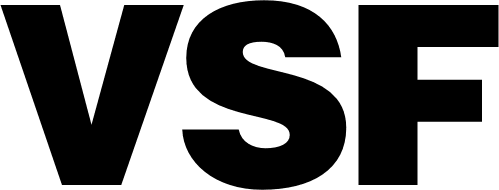Various Small Fires proudly presents Shelter In Place, a solo exhibition of new sculptural objects by Glen Wilson at the gallery’s Texas location. The exhibition expands on the themes, methods, and visual language that have been central to Wilson’s practice in recent years, manifesting contemplations of place and home.
A long-time resident of Los Angeles’ Venice Beach neighborhood, Wilson cherishes the area for its diverse community and rich history. A public commons shared by tourists and locals alike, this beach exists as a tapestry of communities and provides access to the Pacific Ocean, whose scale and power offer a transcendent experience for the artist. Yet, Wilson is keenly aware of the stresses on Venice’s social fabric: economic gaps between Venice’s unhoused population and lavishly-housed residents widen; historically affordable housing is demolished, displacing generations of community stakeholders. It is at once a local issue, and a national historical pattern being repeated. As tempting as it is to focus exclusively on movement, migration or leaving, Wilson's work also illuminates another side of such tensions. The specter of absence cedes space to the power of presence, sheltering in place, and metaphysical notions of home.
In recurring images of water, whether in the form of crashing waves or concentric ripples on surfaces, Wilson finds spaces of contemplation and reflection. One instance can be found in And He Said He Ain’t Goin’ Back (Ruben, Shreveport), 2022, a free-standing, screen-like triptych constructed from chain link gates. Viewed in the round, one side depicts a fisherman, pole in hand, gazing across mirror-like reflections of a Louisiana waterway, while the other presents a deep-space portal into that same surreal waterscape. The chain link gates are salvaged and reclaimed from demolition sites in Wilson’s neighborhood, and they literally frame and weave images of home and community, diaspora and migration, arrival and departure. New works from Wilson’s Element series layer images of water with musical objects. Cymbals become symbols of active presence in assemblages that depict crashing oceanic imagery. In this body of work, Wilson ties the kinetic forces of water to the vibrational energy of music, paying homage to an overwhelming sensation that both can provide.
The exhibition also finds Wilson utilizing new mediums. Moonlight with Custom Chrome, 2022, presents a salvaged and fully chromed window security gate hinged against a Los Angeles scene at dusk. It's highly reflective surface emphasizes the vernacular object’s symbolic weight, calling attention to concerns of domesticity, security, and guardianship. A focal point of the exhibition is the neon text work NAH, UR GOOD, 2022. The titular text glows in a fiery orange and transforms the slang expression into a meditative mantra. For Wilson, the work is intimately inspired by the neonscape of Los Angeles' urban thoroughfares, but its message is broadcast universally.
Though the phrase “shelter in place” may evoke connotations of threat or danger, Wilson chooses to reframe it as an expression of a sense of rootedness in a place that resides within us.
_
Glen Wilson’s (b. 1969, Columbus, OH, lives and works in Los Angeles, CA) multi-disciplinary practice consists of photography, sculpture, filmmaking, installation, and assemblage. Provoking questions around voice, visibility, and cartography, Wilson’s works suggest fluid narratives of place, diaspora, cultural heritage, and the intersections of individual and communal identity. Wilson received a B.A. from Yale University, New Haven, CT and an M.F.A. from the University of California San Diego. Recent group exhibitions include the Getty Center, Los Angeles; California African-American Museum, Los Angeles; the Museum of Contemporary Art, Los Angeles, CA; Honor Fraser, Los Angeles, CA; Charlie James Gallery, Los Angeles, CA; Quotidian, Los Angeles, CA; Torrance Art Museum, CA; Eastside International Los Angeles, CA; and the Los Angeles Municipal Art Gallery, CA. Wilson has previously worked in Education and Public Programs at the Chicago History Museum and a year as a research fellow at the New York Public Library’s Schomburg Center for Research in Black Culture, Harlem, NY.


